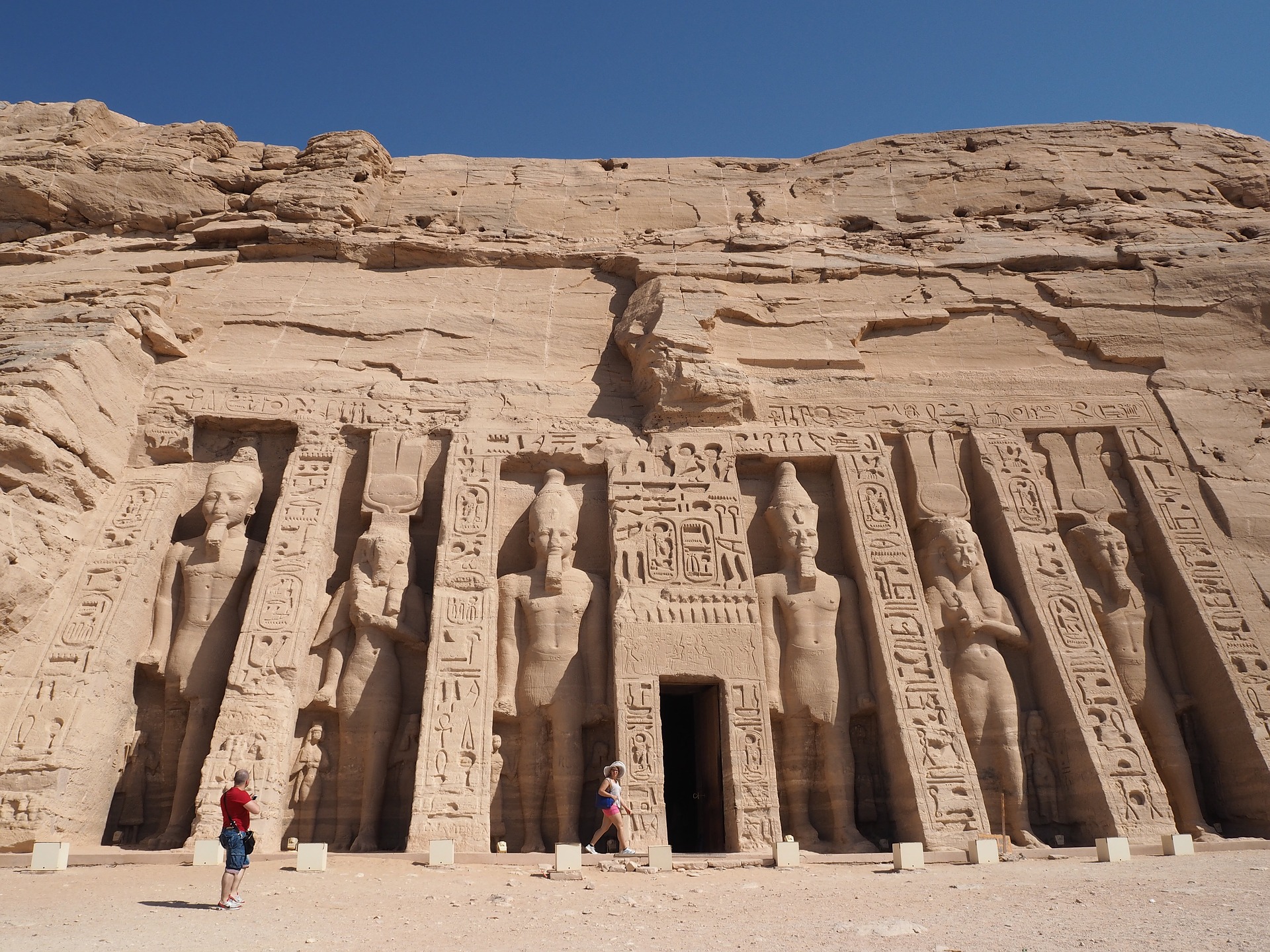The United States Agency for International Development (USAID) has offered $ 17 million through the University of Chicago to preserve archeological sites, promote tourism and establish an archeological school in Luxor, Egypt, in collaboration with the Department of Tourism and Antiquities, according to the US Embassy in Cairo.
U.S. Ambassador to Egypt Jonathan Cohen visited U.S. government-funded cultural heritage sites and met with local officials, program partners, and alumni of U.S. exchange programs in Sohag and Luxor on August 28-29.
Ambassador Cohen said: “It was a productive visit to Upper Egypt, from the Red and White monasteries to Sohag and the Temple of Network I in Abydos to the city of Esna and the sights of Luxor. Egypt’s cultural heritage is truly incredible, as is the great hospitality of the Egyptian people. ”
Following the opening of the restored Wakalet el-Geddawi Caravanserai in Esne, Ambassador Cohen met with US Government-sponsored graduates of exchange programs sponsored by Egyptian-American and positively influencing their communities through local projects. .
Ambassador Cohen also visited the Medinat Habu and Luxor Temples. The U.S. government has provided $ 9.6 million to support Medinat Hub’s cultural heritage projects since 2015, including a current $ 6 million USAID grant to develop the site as an open-air museum. This work has been carried out by the University of Chicago, which has been operating in Luxor since 1924.
The Medinat-Habu and Luxor complexes, as well as dozens of monuments on both banks of the Nile, have also benefited from groundwater lowering systems that were installed more than a decade ago. The US government has allocated $ 15 million to build these systems, which continue to protect some of Egypt’s most important monuments.
Over the past 25 years, the US government has allocated more than $ 102 million to preserve and protect more than 85 cultural sites in Egypt. This fund is part of the $ 30 billion that the United States has contributed since 1978 to support Egypt’s development efforts.

